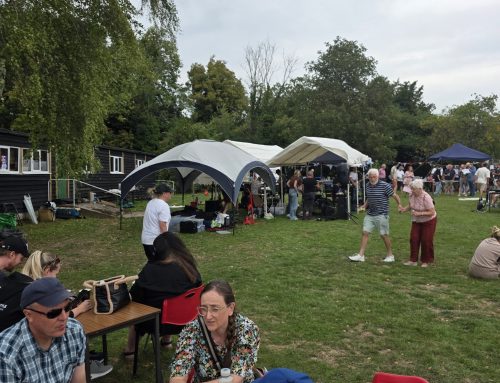Welcoming Migratory Birds to Your Garden This Summer
As summer arrives, the UK becomes a temporary haven for a variety of migratory birds. These birds travel great distances to find food, breeding grounds, and favourable weather. We’ve compiled some key insights from Awesome Wildlife Co. to help you create a bird-friendly environment in your garden.
Even if birdwatching isn’t your thing, this is just one activity you could do instead of cleaning your own home, leave the cleaning to us. Book a cleaning service now

Key Migratory Birds:
- Swallows: Known for their acrobatic flight, swallows are often seen darting after insects. They typically build their mud nests in barns and other structures.
- Common Swifts: These birds spend most of their lives in the air, catching insects mid-flight. They have a distinctive scythe-like wing shape.
- Common Cuckoos: Famous for their unique call, cuckoos are brood parasites, laying their eggs in the nests of other birds.
- Willow Warblers: Small, greenish-yellow birds with a sweet, melodic song. They favor woodland and scrubby areas.
- Turtle Doves: Symbols of peace and love, turtle doves are sadly in decline but can be seen in hedgerows and wood edges.
- Spotted Flycatchers: These small birds are adept at catching insects on the wing. They often perch conspicuously before sallying out to hunt.
- Reed Warblers: Usually found in reed beds, these birds are great mimics and have a complex song.
- Hobbies: These small falcons are agile hunters, preying on dragonflies and small birds. They favor open countryside and wetlands.
Creating a Bird-Friendly Garden:
To support these migratory visitors, consider the following tips:
- Food Sources: Provide a mix of seeds, fruits, and live food such as mealworms. Swallows and swifts, for example, rely on a diet of flying insects, so planting nectar-rich flowers can help attract insects to your garden.
- Water Availability: Ensure there is a clean, fresh water source such as a birdbath or shallow pond. Birds need water for drinking and bathing.
- Shelter and Nesting: Plant native trees and shrubs to offer shelter and nesting sites. Install birdhouses suited to different species, such as open-fronted boxes for flycatchers or specialized swift boxes.
- Safe Environment: Minimize the use of pesticides and chemicals that can harm birds and their food sources. Ensure your garden is a safe haven free from predators, with dense foliage and secure nesting spots.
Creating a welcoming environment for migratory birds not only helps these species thrive but also brings a touch of natural beauty and activity to your garden. By making these simple changes, you can enjoy the sights and sounds of these fascinating birds throughout the summer.
For more detailed information and tips on supporting migratory birds, visit the full article at Awesome Wildlife Co.. Happy birdwatching!





